Knowledge Exchange

Leading with Purpose: Reflections on Service Leadership through Corporate Impact Projects
 In the fast-paced world of corporate objectives and technological advancements, finding opportunities to give back to the community can be a challenge. However, at the HKU MBA, our alumni are dedicated to making positive impacts on society and communities around them, both in their professional roles and personal lives.
In the fast-paced world of corporate objectives and technological advancements, finding opportunities to give back to the community can be a challenge. However, at the HKU MBA, our alumni are dedicated to making positive impacts on society and communities around them, both in their professional roles and personal lives.
One such inspiring story comes from Amar Pandey (pictured right), an alumnus who has seamlessly integrated service leadership into his professional journey at J.P. Morgan. In this article, Amar shared his active involvement with the firm’s “Force for Good” programme and how this experience has shaped his philosophy for Service Leadership.
Becoming the Force for Good
The Invitation in the Inbox
At J.P. Morgan, there’s a strong emphasis on fostering opportunities that align with the firm’s commitment to social impact and workforce development. One example of this dedication is the “Force for Good” initiative, which Amar discovered last year through an email he received in his inbox. This programme not only underscores the company’s purpose-driven mission but also empowers employees to contribute their skills to impactful, tech-driven projects that benefit communities worldwide.
Such opportunities demonstrate how the organisation actively engages its workforce in creating a meaningful, positive difference while integrating professional growth with purpose.
The programme required participants to dedicate four hours per week over eight months to work on projects that benefit social good organisations. “When I looked into it, I felt it was good. What you do is not only enhancing the organisation’s reputation but you are also adding value to the community. You are helping those in need and eventually making the entire community better”, shared Amar. Intrigued by the potential impact, he immediately signed up and was selected as a team lead.
There were four teams working with four NGOs: Branches of Hope, Solomon’s Learning, Splash Foundation, and Inspiring Girls Hong Kong. Amar led the team for Branches of Hope, a social good organisation serving refugees, asylum seekers and human trafficking survivors in Hong Kong, and their journey began in February, running until October.
Setting Tangible Goals
One of the initial challenges was aligning expectations. The teams were working with social good organisations, not fellow technologists, which required them to simplify their language and approach, as well as to align communications from both sides.
Amar recalls, “We had to level-set the expectations that we were not working with any other team member within J.P. Morgan Chase. We were working with the social good organisations, people who may not be very familiar with the technology or the corporate jargon.”
During the first meeting with Branches of Hope, Amar also realised the need for a business analyst to translate their high-level goals into actionable tasks. “The organisation Branches of Hope came back with a very good presentation on what they wanted, but it was very high level”, Amar adds, “So what I did at that moment was to facilitate the discussions, analyse all their requirements and needs, and set realistic goals that could be achieved within the eight-month timeframe.”
Driving Progress and Success as a Team Leader
As a team lead, Amar’s role involved managing client expectations, coordinating team efforts, and ensuring smooth communication. The team was divided into roles suited to their comfort levels, conducted regular progress sessions, and maintained a feedback loop with the client. This approach ensured that they stayed on track and addressed any roadblocks promptly.
Amar explains, “It takes a lot of effort to handle the team dynamics. You cannot have every single team member as a developer. You need to divide them into teams, assign them some roles and responsibilities such that they are able to operate comfortably.”
He continues, “It’s much more around how you plan all of the activities associated with the project or the programme. Ensuring the execution is happening timely. As well as there are no massive slippages.”
“A team leader needs to orchestrate things in a way that people understand what their commitment is and they deliver on their commitment on time.”

Measuring Impact
The primary task for Branches of Hope was to build a case management system to replace their outdated, manual processes. The team prioritised the organisation’s requirements and focused on automating the most time-consuming tasks. By the end of the project, they had moved the most complicated processes to a secure, cloud-based system, significantly improving operational efficiency.
Success was measured through various metrics, such as the accuracy of records, reduction in manual work, and the ability for staff to use the system concurrently. The team also ensured that the solution was low-code or no-code, future-proof and customisable, with minimal training required for new users.
Amar notes, “We automated 50% of the manual work they were doing, which was a very huge feat. Now, all of the staff members were able to use the system concurrently, which significantly improved operational efficiency.”
He shares, “Initially, the process was entirely manual, with data entry being done on paper. Today, it has evolved into a robust, automated online application that can be accessed seamlessly via computer or mobile devices. This transformation has significantly improved the accuracy of information captured, ensuring that 80 percent of records are accurate at the first point of entry.”
Overcoming Challenges
One of the biggest challenges was convincing the organisation to embrace new technology. The project team introduced a maker-checker process to ease the transition and provided thorough training and support. Through continuous dialogue and understanding, they helped the organisation see the benefits of automation and how it could free up their time to focus on helping those in need.
Amar shares, “It required a lot of back-and-forth conversations to make the stakeholders understand why they needed to do this in this way, rather than just using the normal corporate spiel.”
He reflects, “In NGOs, they don’t have a huge headcount, but very limited set of staff. Now, if they are troubled with doing all this work, then who is going to eventually help the people in need, right?”
Exploring the Meaning of Service Leadership
Amar believes that service leadership is about inspiring people to contribute to the community. “Even though I was the team lead, there was no such moment wherein we had to follow my way. Essentially, this is what service leadership is all about. You have to inspire people to contribute towards the community.”
He emphasises the importance of giving back, noting, “Firstly, we are giving back to the community, which has its own sense of adding value. When we had our first meeting with Branches of Hope, I specifically asked them questions around what exactly they do. It gives you a very personal feeling of who you are helping.” This message was also infused in requirement discussions with the team members so they always remember that first conversation and why they are doing this.

Embracing the Role of both a Servant and a Leader
For Amar, service leadership means understanding and embracing the role of both a servant and a leader. “What happens in traditional dynamics is it is all very hierarchical. The focus is always tied to the company objectives. But from a service leadership perspective, you provide the same opportunity to every single person who is working with you.”
He adds, “Any decision that you make, you reach it through mutual agreement. It’s not top-down anymore. This is something new to learn and can change your perspective towards how you work.”
“This is where listening carefully, understanding peoples’ perspectives, all of that came into picture. And it was a very good learning experience for me.”
Good Practices for Making an Impact as a Corporate
Corporate social responsibility is one thing that almost every organisation has as a part of their broader agenda. Amar believes that social responsibility should be embedded in business strategies. “When you develop your business strategies and goals, embedding these types of activities is very important. It helps you to always keep that as a metric that you will track.”
He continues, “Investing time and effort in these types of activities also brings you closer to the community. It helps individuals, the employees, to grow much more on a personal level.”
Nurturing the Next Generation of Impact-Making Business Leaders
Amar encourages all his team members to participate in such initiatives. “As and when any such opportunity comes in front of me, I always share it across the board. I always encourage people to participate because there is only one way to experience this entire thing—by participating in it.”
He shares an example of how he fostered leadership within his team: “For the midterm presentation, I specifically called out three people who were amongst the seniors and said, ‘You guys, we are not going to present. I want two speakers nominated from the rest of the group.’ Initially, they were not very confident, but with support and rehearsals, they did a fantastic job. And those who did not nominate themselves? They stepped up and presented during the roadshows.” Check out more.
“This showed me that trust goes a long way”, added Amar, “Because I have not only invested time in building up the confidence in that person, but now the rest of the team trusted me knowing that I am here to help. And I build good connections.”
Conclusion
By leveraging their technological skills, Amar and his colleagues provided valuable solutions to social good organisations, enhancing their efficiency and effectiveness. The “Force for Good” initiative not only benefited the organisations but also a transformative experience for the participants’ professional and personal growth through making a tangible impact on the community.
Participating in such programmes can be a powerful way to lead with purpose and make a difference. Amar encourages others to seek out these opportunities and contribute their skills to create a positive impact in the world.










